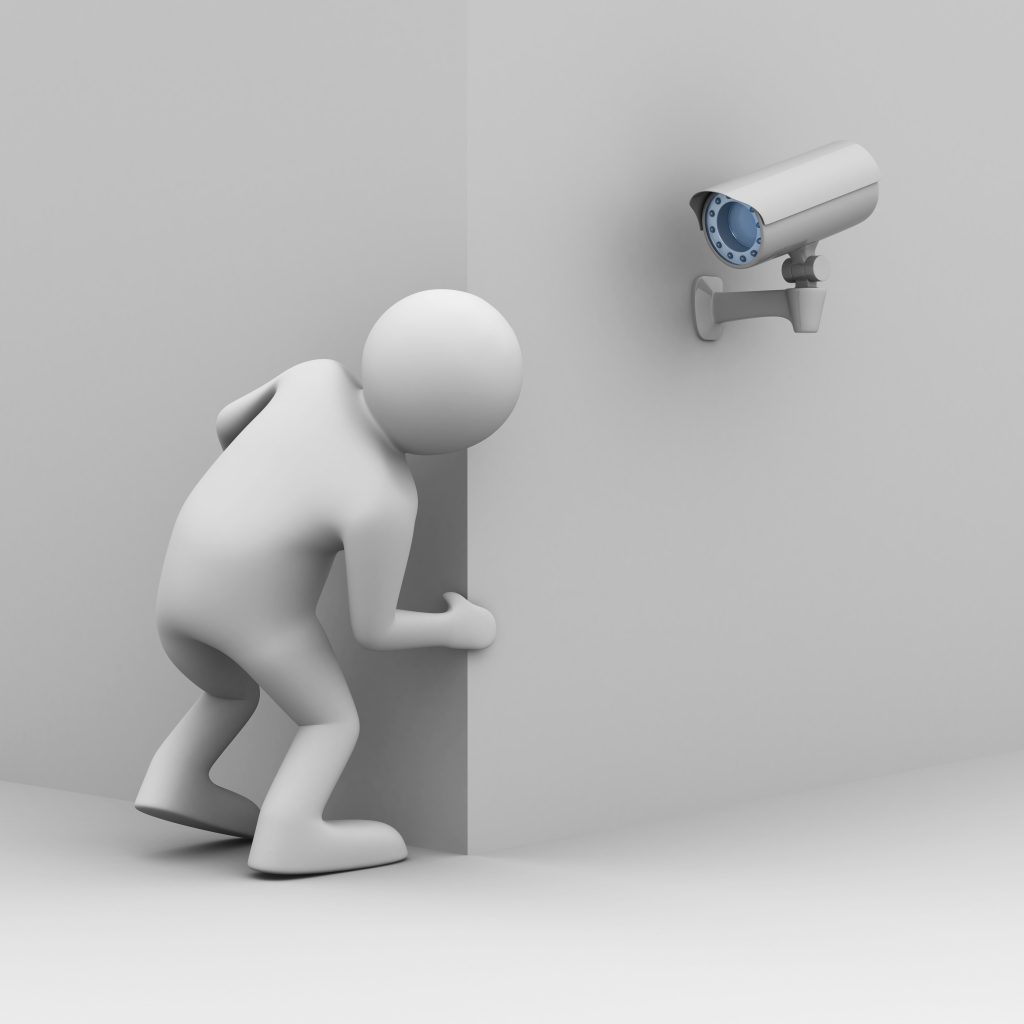This is Part 1 of a 3 part series on how to best leverage the use of surveillance and investigation in court through a plaintiff’s perspective.

DISCLOSURE OF SURVEILLANCE
Below is a discussion of the defendant’s disclosure obligations regarding surveillance and investigative material where a claim of privilege has been made.
I) Before examinations for discovery
The term “document” is defined broadly by Rule 30.01 of the Rules of Civil Procedure to include “a sound recording, videotape, film, photograph, chart, graph, map, plan, survey, book of account, and data and information in electronic form”. As a result, the rules governing disclosure and production of documents apply equally to surveillance and investigative material.
Rule 30.02(1) requires a party to disclose “every document relevant to any matter in issue in an action…whether or not privileged is claimed in respect of the document.” Rule 30.02(2) imposes a further requirement that all relevant documents be produced unless privileged is claimed over the document.
Rule 30.03 requires every party to an action to serve an affidavit of documents disclosing “to the full extent of the party’s knowledge, information, and belief” all documents that are (a) relevant to any matter in issue in the action and (b) are or have been in the party’s possession, control or power. Any investigative reports and surveillance obtained before discovery must be disclosed in the defendant’s affidavit of documents. In most cases, the defendant will claim privilege over these documents, such that they must be listed in Schedule “B”.
To learn if surveillance or on-line investigation has been undertaken before discovery, a plaintiff should always require a defendant to deliver a sworn and certified affidavit of documents, or at a minimum, a draft affidavit of documents, in advance of examinations for discovery. Sometimes a defendant will use boiler plate wording to set out the documents under Schedule “B”. If there is any concern over what may be contained in Schedule “B”, counsel may insist on a particularized Schedule “B”, with a list and description of every document together with the grounds for the claim of privilege.
As internet investigation of the plaintiff is now being conducted by the defendant, counsel should be aware that the disclosure obligations under the Rules above include any electronic documentation, including those obtained from the internet. While an investigator’s report which may accompany this material would satisfy a claim for privilege, the actual documents obtained (ie. photographs from Facebook or postings from twitter) ought to be listed in Schedule “A”, as these documents would not satisfy the elements to establish litigation privilege. In Leduc v. Roman[1], the court clearly held that online content is “data and information in electronic form” producible as “documents” under the Rules. As a result, relevant documents obtained from the internet must be identified in the defendant’s affidavit of documents.
Come back next week when we discuss “At the Examination for Discovery”
[1] [2009] CanLII 6838 (Ont.S.C.)





